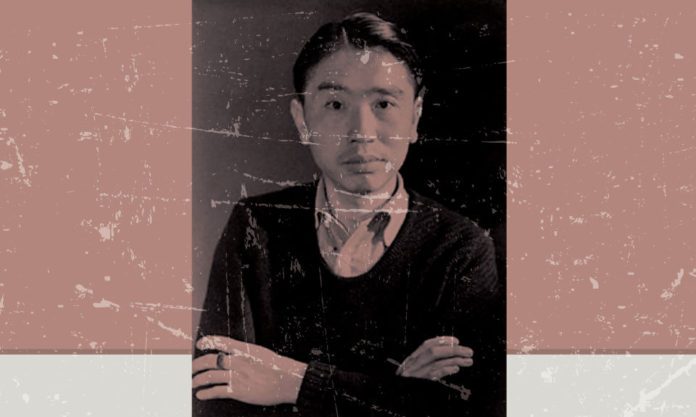While Van Gogh apparently sold only one painting in his lifetime, Picasso resorted to burning his to keep warm. As for Gaughin, he left the world penniless, with all but an inkling of the impact his work would leave on future generations.
And so goes the story of the Chinese modernist painter, San Yu. Born into a wealthy family of silk manufacturers in Sichuan in 1901, he died 65 years later in Paris with almost nothing to his name, and yet today his paintings are among the highest valued on the lucrative Chinese art market.
Just last month at a Sotheby’s auction in Hong Kong, one of his coveted nude paintings, “Quatre Nus”, sold for US$33.3 million. According to the Artprice database, the extraordinary success of his works at auction in 2019 placed him 16th in the world pecking order for biggest seller last year.
But perhaps his inability to break through was in fact the drive behind his unswerving dedication to painting, and to staying in Paris where he mingled with avant-garde artists and rubbed shoulders with the likes of Picasso and Giacometti. In a letter written in 1932, some 10 years after his arrival in Paris, he wrote, “The misery of the lives of artists. They ought to be poor, always poor, until the end. … I could abandon all that I have now. … But there is a chance: My love has not died yet”.
San’s love for art was evident from childhood. The youngest of twelve children, his father recognised his artistic potential and made sure he was well versed in Chinese painting and calligraphy before sending him to study in Paris. He was one among a wave of young Chinese artists who took advantage of a government scholarship to study abroad, except San, unlike most of his contemporaries, chose not to return to China. He felt, in his own words, “obliged to stay in Paris to live the life of a bohemian”.
San’s grounding in Chinese fine arts continued to inform his work, particularly in his sensitivity to line and his calligraphic manipulation of the brush, which set him apart from his European counterparts, who opted for the sketchier quality of charcoal and pencil. The female nude became a subject of his fascination and one that would have been almost unthinkable in his native China at the time. With a few calligraphic strokes, he delineated his characteristically plump figures, padding them out in fleshy pastel colours.
But despite San’s persistent efforts to combine European modernism with Chinese painting techniques, he made little impact on the art world in his lifetime. Having considered moving back to Asia, he died of a gas leak in his Paris apartment in 1966.
It was not until much later that his unusual painting style and background drew the attention of Taiwanese art dealers. By the 1980s and ‘90s, his works gradually became featured in exhibitions and catalogues that explored artistic exchange between China and France, teasing his works out of private collections and onto the market. One after another, his paintings today fetch millions at auction, part in thanks to the extraordinary buying power of mainly Chinese collectors, earning him the nickname, “Chinese Matisse”.









